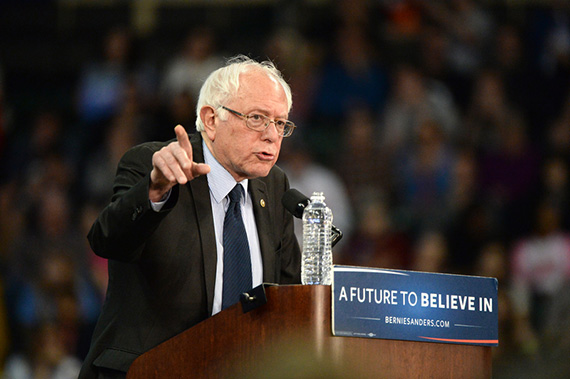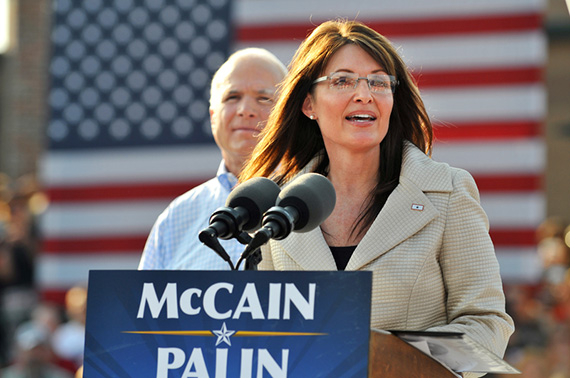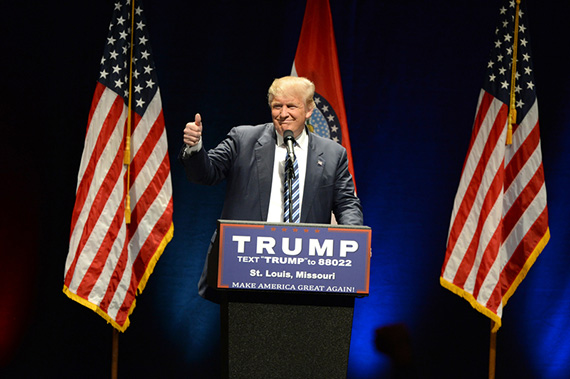Having special access to some of the most intense and exciting political and cultural events in our country is both an earned privilege and a major responsibility; photojournalists get to document moments that go down in history. So how can new photographers get in on that exclusive action and what is it really like?
Gino Santa Maria, a veteran photojournalist, who has worked at political rallies, major protests, and more for over a decade, shares his tips and stories on the profession:
How can those interested in photojournalism get started in the industry? Any advice?
For starters, attend political and cultural events and start taking editorial images or video of the events. Then submit them to a reputable journalistic outfit and become a member. I belong to the National Press Photographers Association (NPPA). These entities will stand with you and protect your legal rights as a journalist, will contribute to your education, and provide invaluable information in your field. Our part is to abide by the high standards of journalistic integrity required to remain a member in good standing with these organizations.
Once you get your credentials as a Press Photographer, doors will open to you that will give you access to the media risers at different events. Note however, that just because you have media credentials does not mean you have free access to any political, social or sporting event. Most events require that you get credentialed for that particular event. You must provide information about yourself, show your regular media credentials, the media outlet you represent and go through security upon entering the event.
What sets photojournalists apart from other types of photographers?
The skill set needed to be a photojournalist is different than for other types of photography. At times, you can use a flash, but since the media risers are usually a couple of hundred feet from the stage area, it is common that you’ll only have the existing light to work with.
Photojournalists also must remember that the number one reason you are there is to tell the story. Be creative with different shots that answer the four “Ws” of communications: What, When, Where, Why. Use a descriptive caption that aids those questions.
Make sure you report what you see. Don’t present anything through the filters of your political or personal views. Cover stories. Don’t interpret them.
Do you have suggestions for what type of camera/equipment any good photojournalist should have? Other tools or software?
To capture quality shots, good equipment is essential. I generally work with two cameras: A Nikon D4 with a 24-70mm f/2.8G ED AF-S and a Nikon D5 with a 70-200mm f/2.8G ED-IF AF-S VR Zoom. Additionally, I have handy in my speed belt and harness a 70-200mm f/2.8G ED-IF AF-S VR Zoom.
For this kind of photography, Photoshop is of very little help. Editorial work cannot be edited or altered in any way. Maybe a small amount of color correction and levels, but nothing more. You cannot clone, change, or even crop your images. In doing so you risk losing your credentials and your reputation in the industry.
From all the political events you have photographed, what moment stands out the most to you?
When I first started photographing events as a member of the media, I really didn’t know what I was doing. I remember arriving at the scene of a violent protest to find a smoldering building surrounded by yellow police tape with the warning “Police – Do Not Enter.” On the other side of the tape there were all types of media people conducting live broadcasts. With my press credentials displayed on my chest, I asked a police officer who was holding the leash of the largest German Shepherd dog I had ever seen, if it was OK for me to go across the yellow tape. He looked at my media credentials, then at me and said: “Duh, you are the media, aren’t you?”
Since then, I have grown more confident and efficient in covering events, and if I don’t know something, I ask any of my fellow photographers and they are almost always willing to help and provide guidance.
Any last words of wisdom?
Being a creative and journalistic photographer is not for the faint of heart. If you are passionate about what you do, doing it will feel like a vacation and a dream come true. Never stop learning. Try different things, know your equipment. Follow your passion.
About the Author
Gino Santa Maria is a professional photojournalist and photographer for Dreamstime.
Like This Article?
Don't Miss The Next One!
Join over 100,000 photographers of all experience levels who receive our free photography tips and articles to stay current:










Leave a Reply